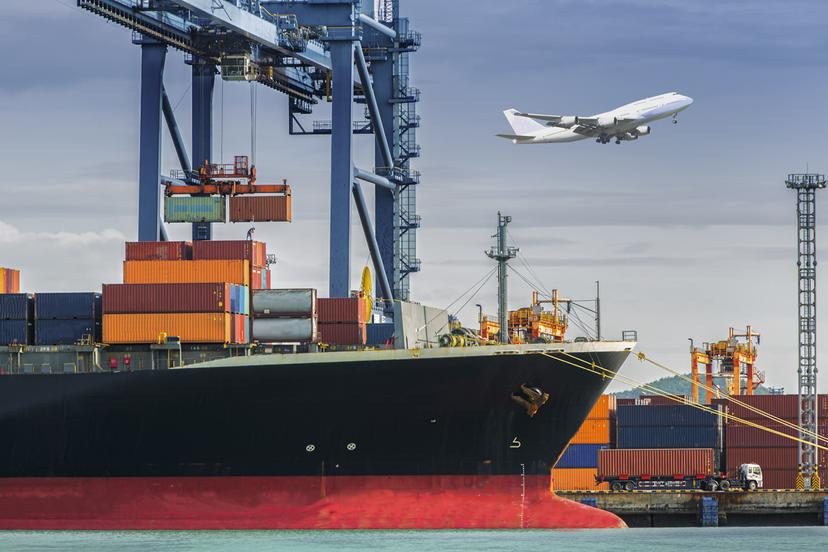Transportation

Background
In ancient times, people used horses, donkeys, oxen, and other large animals to carry and pull goods from one town to the next, as well as for travel to different locations. There were only dirt roads back then, and there were few roads that connected directly to different towns and cities. Most of the roads were dusty, rocky, and filled with ruts, making travel difficult and slow. In the early 1800s, many U.S. roads were rebuilt and extended to include turnpikes and toll roads. Stagecoach lines emerged in the Northeast, which, in addition to the improved road conditions, made travel faster and affordable for more people.
Other innovations that sped up travel even more were the steamboat and locomotive. Robert Fulton invented the steamboat, the Clermont, which took its first successful journey in 1807 on the Hudson River, traveling from New York City to Albany. Steamboats helped to grow passenger travel on rivers and were also capable of hauling high-value cargo upstream. British inventor Richard Trevithick created the first steam locomotive in 1804, and railroads developed in the United States in the 1830s. Whereas stagecoaches could travel up to only nine miles an hour, the railroad could travel 15 to 20 miles an hour. Over the next decades, thousands of miles of tracks were laid down, further developing cities and towns. Railroads eventually replaced stagecoaches as the preferred mode of travel.
The early 1900s brought the airplane. The Wright Brothers conducted the first sustained, powered flight of an aircraft in 1903, in Kitty Hawk, North Carolina. The airplane was improved on in the years that followed, to the point where, by 1919, airplanes could fly at nearly 200 miles per hour and reach an altitude of 30,000 feet. More people became interested in traveling by air, particularly after Charles Lindbergh made the first nonstop flight from New York to Paris in 1927.
By the 1930s, the airlines industry was emerging, with the formation of the “Big Four”: American Airlines, Eastern Air Lines, Trans World Airlines, and United Airlines. The jet engine was developed in the early 1940s, and contributed to the rapid growth of the airlines industry after World War II. By then airplanes were faster and larger; they could carry more passengers and heavier payloads. Government agencies were established to monitor the airlines, including the Federal Aviation Agency, which is now the Federal Aviation Administration, and the Civil Aeronautics Board, which regulated the fares and flight routes.
The Airline Deregulation Act of 1978 put an end to the Civil Aeronautics Board and opened up competition in the airlines industry. The act allowed airlines to charge whatever fares they chose and allowed them more access to routes. By the 1990s, the hub-and-spoke system became a common method for increasing the efficiency of airlines. This was a system in which airlines used only a few major airports as central points for connecting flights.
The automobile also emerged in the early 1900s, mass produced by Henry Ford in the 1920s. Ford, General Motors, and Chrysler were established as the “Big Three” car companies. Cars gave people the ability to travel according to their own schedules. More people took to the roads for everyday travel for work and errands, and also for vacations. From the automobile came trucks, which took the place of horse-drawn wagons to deliver agricultural products, merchandise, and other goods and services. The first semi-truck was invented in 1898 by Alexander Winton in Cleveland, Ohio. Winton created the semi to deliver cars he had manufactured to buyers who lived throughout the United States.
Public transportation in cities evolved in the 1800s into the early 1900s, from horse-drawn omnibus to motorized cable cars, such as those still in operation in San Francisco, to electric streetcars, trams, and trolleys. Elevated trains and underground railway systems were built in Baltimore, Boston, Chicago, Cleveland, New York, Philadelphia, Washington, D.C., and other major cities. The motor bus developed throughout the 1900s, with designs focused on daily mass transit or luxury passenger travel. Bus formats today include single- or double-decker buses, open-top buses for sightseeing, and minibuses. There are also articulated buses, also known as “accordion” or “bendy” buses, which look like two large buses attached together. These buses have high passenger capacity and are used to move large numbers of people in densely populated areas.
